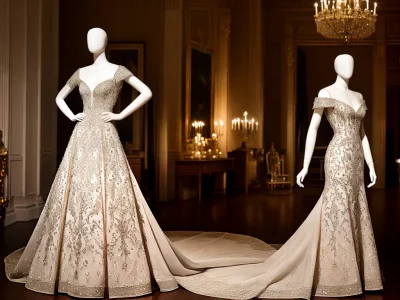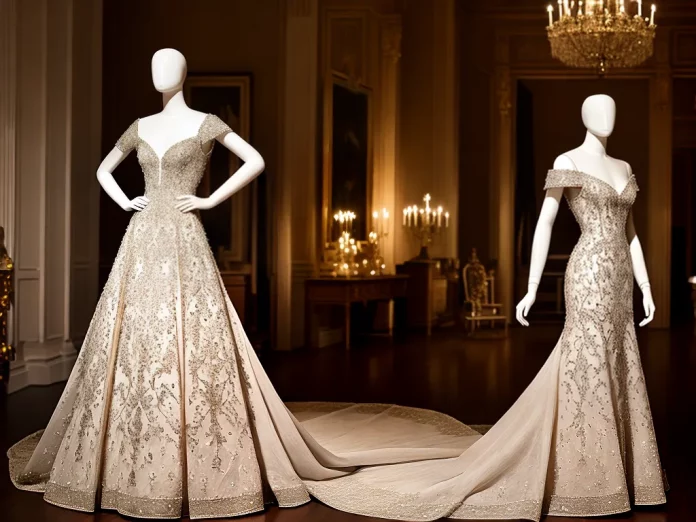
Haute couture goes beyond the mere description of expensive clothing; it is, in fact, an artistic and cultural legacy that symbolizes the pinnacle of fashion design. With a history steeped in innovation, art, and cultural influences, this segment of fashion represents much more than its monetary value. In this article, we will undertake an in-depth exploration of this journey, highlighting not only the renowned names but also the movements that played a key role in shaping the haute couture landscape.
Origins and Foundations
Haute couture, or “haute couture” in French, has its roots in 19th-century Paris. Charles Frederick Worth, often referred to as the “Father of Haute Couture,” opened the first true couture atelier in 1858. Worth revolutionized the fashion world by introducing the concept of exclusive pieces created after individual consultations with clients.
The Rise of the Chambre Syndicale de la Haute Couture
In 1868, the Chambre Syndicale de la Haute Couture was founded, an organization designed to regulate the industry and protect the interests of designers. To be recognized as a “couturier,” a designer must meet strict criteria, such as having a studio in Paris and presenting collections regularly.
The Big Names
Several iconic figures have contributed significantly to the history of haute couture, each leaving their own signature and stylistic influence.
Coco Chanel:
Among these notable figures, Gabrielle “Coco” Chanel stands out as one of the most renowned fashion designers of all time. She was a pioneer in creating practical and elegant clothing. She was also one of the first to introduce trousers for women, marking a paradigm shift in women’s fashion. Her legacy also includes the popularization of the iconic “little black dress,” a timeless piece that continues to be an essential element in any sophisticated wardrobe.
Christian Dior:
A pivotal moment in the evolution of haute couture came with Christian Dior’s unveiling of the “New Look” in 1947. With its full skirts and cinched waists, Dior introduced the world to a vision of womenswear that captured global attention. His luxurious, feminine approach represented a breath of fresh air after the austerity years of World War II, rejuvenating the fashion scene.
Yves Saint Laurent:
Yves Saint Laurent, for his part, played a pivotal role in modernizing haute couture. A notable milestone was his popularization of the women’s tuxedo, a bold fusion of traditionally masculine elements with the feminine wardrobe. He also made his mark by creating art-inspired collections, such as the iconic Mondrian-inspired series, demonstrating how fashion could be an artistic expression.
Cultural and Artistic Influence
People often think of haute couture as an art form, a means of expression that goes beyond the simple functionality of clothing. Haute couture designers often draw inspiration from a variety of sources, from classical art to social movements. They often exhibit the resulting pieces at museums and art events, further solidifying the status of these pieces as works of art.
The Impact of Technology
In the 21st century, technology has begun to play an important role in haute couture. The use of design software, 3D printing techniques and innovative materials is opening up new possibilities for designers. However, the essence of haute couture, which is meticulous attention to detail and personalization, continues to be preserved.
The history of haute couture is an intricate tapestry of innovation, cultural roots and artistic genius. From Charles Frederick Worth to Coco Chanel, Christian Dior to Yves Saint Laurent, each figure has left an indelible mark on the world of fashion. Furthermore, haute couture is not just about clothing; it embodies the perpetuation of a legacy that celebrates excellence in design, art and culture.
Furthermore, as a testament to its continued resilience and relevance, haute couture continues to evolve, combining the traditions of the past with the endless possibilities of the future.
